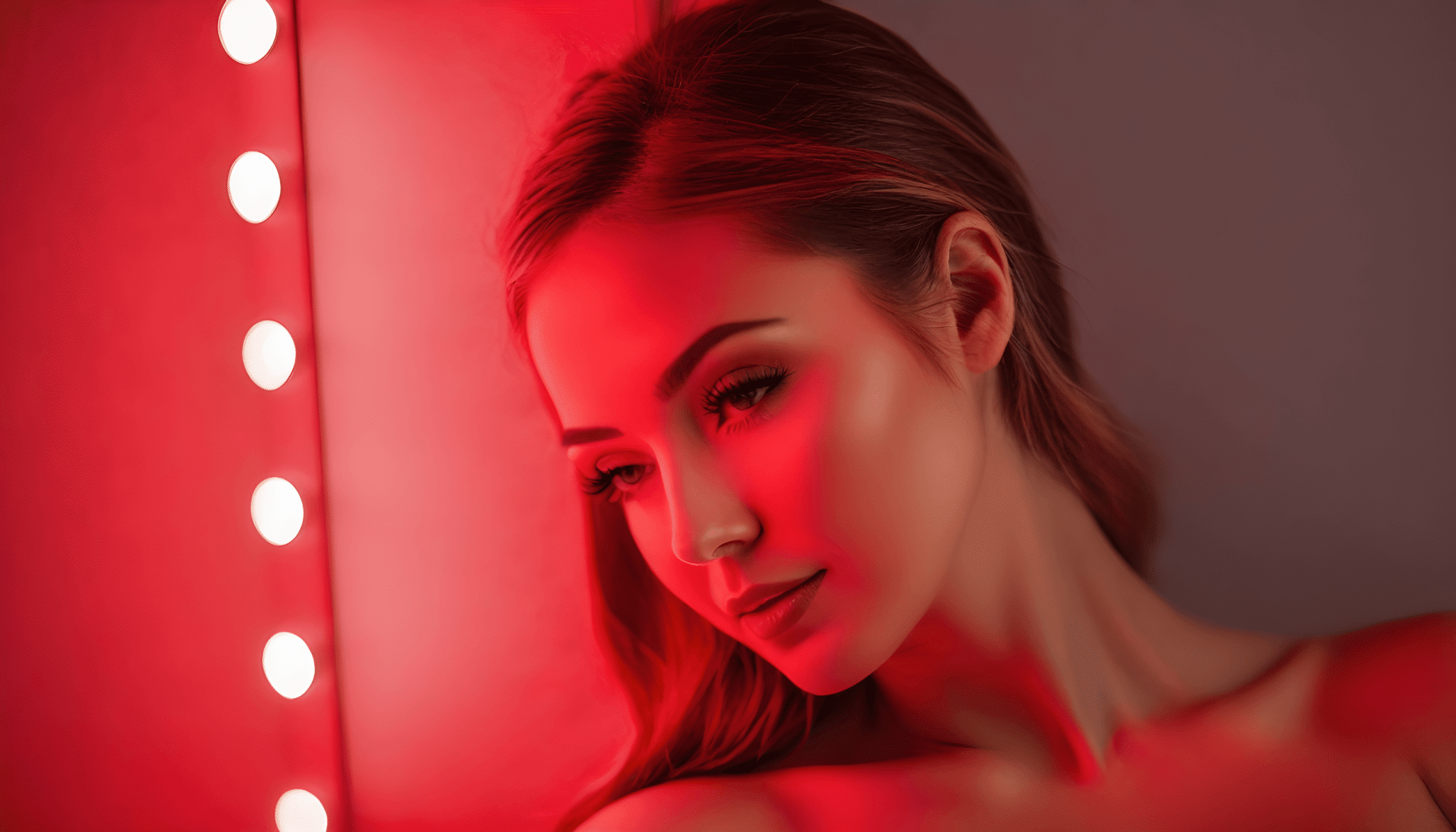Table of Contents
Right or wrong, a healthy head of hair has always been associated with health and virility. Hair loss affects about 80 million people in America, and it has a wide range of causes, from genetics to hormonal changes to nutritional deficiencies to stress.
For centuries, researchers have searched for ways to arrest and even reverse hair loss, and over the years, this has led to a range of suggested cures, some of which are quite bizarre and outlandish. Most, like cow urine or donkey hooves, are based more on superstition than science. Today, we understand more about the processes in play within the human body that stimulate hair follicles to grow, and at last there is a treatment that has been shown to work and that has been through the FDA approval process.
Introducing red light therapy
Red light therapy is a form of low light laser therapy (LLLT). It is sometimes referred to as photobiomodulation. It uses beams of a specific wavelength, typically 660 nm, to stimulate hair growth. Despite having the word “lasers” in its name, LLLT usually uses LEDs to produce light of the required wavelengths, so it does not actually involve firing lasers into your head!
The beams of light penetrate the scalp and optimize the functioning of the cell. Scientists are still researching exactly how this works, but it is thought that the red light stimulates an enzyme called cytochrome c oxidase, which is found in the mitochondria of our cells. This creates a biochemical reaction, increasing mitochondrial activity, which leads to releasing nitric oxide and producing higher quantities of a substance called adenosine triphosphate (ATP). ATP plays an important role in transporting energy to your tissues, and this is thought to be how hair follicles are stimulated into action. Effectively, the light “switches on” hair follicles that have stopped working for whatever reason.
How to try red light therapy
There are numerous clinics that can provide red light therapy for hair loss. But it is also possible to try it out in the comfort of your own home using a laser cap for hair loss. This looks like a baseball cap but contains either 148 or 272 LEDs to regenerate hair follicles, giving them increased energy & blood flow.
It is easy to use – simply put it on, adjust it to size with the strap as you would with a regular baseball cap and let it get to work. It will automatically switch off when your session is finished. Feedback and reviews for the cap are impressive, and even skeptics have been converted after giving it a try.
Addressing safety concerns
Understandably, some people have safety concern regarding red light therapy, and that has resulted in various myths and misconceptions doing the rounds on the internet. Let’s address some of them:
- Red light therapy doesn’t hurt – the LEDs are usually described as pleasantly warm, and most people enjoy the feeling.
- You can’t “overdo” it – dermatologists recommend using red light therapy for about 30 minutes around five times per week, but you can use it as often as you wish and it is impossible to “overdose”
- It won’t burn your scalp – it is literally a red light, and you will feel nothing more than slight warmth
- It won’t change your hair color – red light therapy stimulates growth follicles and has nothing to do with pigment
- It won’t give you skin cancer – this is one of the most outrageous myths. People sometimes confuse different types of light. Red light therapy contains no UV, so there is no risk of developing melanoma.
How long to continue therapy
No two people are identical, so it is impossible to predict with certainty how long you will need to continue the therapy and the level of effectiveness. It depends on many factors including the severity of the hair loss, its root cause, your age, overall health, dietary habits and so on.
On average, it is common for a full course of treatment to last from three to six months, or approximately 20 to 30 sessions. In other words, it is a marathon, not a sprint, so don’t expect immediate results after the first half a dozen sessions.
Improving the effectiveness of red light therapy
Mike Anderson, who developed the Kiierr laser cap, notes in his book that red light therapy works best when combined with the right nutrition, along with complimentary treatments like massage therapy. Rosemary oil can also increase density once hair starts to regrow.


